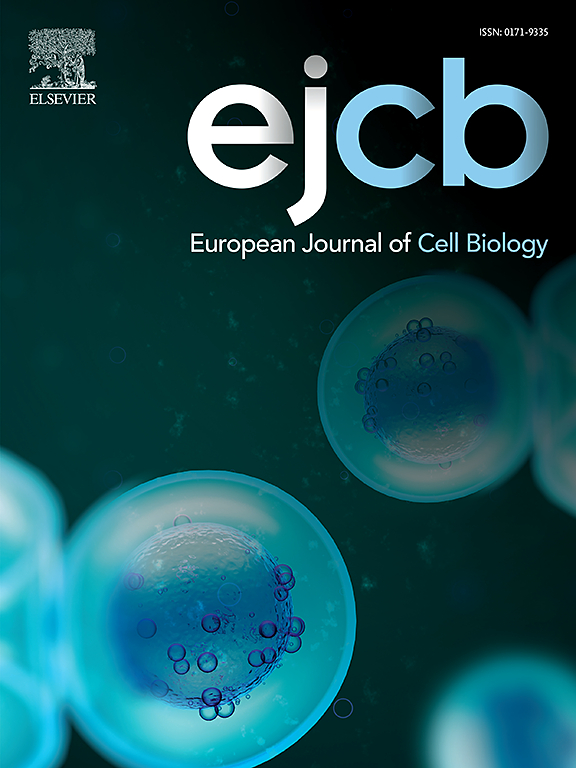类器官遗传学的进化
IF 4.3
3区 生物学
Q2 CELL BIOLOGY
引用次数: 0
摘要
类器官通过提供三维、多细胞系统来概括人体组织的结构、功能和遗传学,从而彻底改变了体外研究。类器官最初由多能干细胞(PSCs)和成体干细胞(AdSCs)发展而来,现已扩展到几乎所有主要人体器官的建模,显著推进了发育生物学、疾病建模和治疗筛选。这篇综述强调了类器官技术的进展,强调了遗传工具的整合,包括CRISPR-Cas9、引体编辑和谱系追踪。这些进步促进了人类特异性病理和药物反应的精确建模,在准确性上往往超过传统的二维培养和动物模型。新兴技术,如类器官融合、异种移植和光遗传学,有望进一步增强我们对细胞相互作用和微环境动力学的理解。随着类器官复杂性和基因工程方法的不断发展,它们将在个性化医疗和转化研究中变得越来越不可或缺,弥合了体外和体内系统之间的差距。本文章由计算机程序翻译,如有差异,请以英文原文为准。
Evolution of organoid genetics
Organoids have revolutionized in vitro research by offering three-dimensional, multicellular systems that recapitulate the structure, function, and genetics of human tissues. Initially developed from both pluripotent stem cells (PSCs) and adult stem cells (AdSCs), organoids have expanded to model nearly every major human organ, significantly advancing developmental biology, disease modeling, and therapeutic screening. This review highlights the progression of organoid technologies, emphasizing the integration of genetic tools, including CRISPR-Cas9, prime editing, and lineage tracing. These advancements have facilitated precise modeling of human-specific pathologies and drug responses, often surpassing traditional 2D cultures and animal models in accuracy. Emerging technologies, such as organoid fusion, xenografting, and optogenetics, are expected to further enhance our understanding of cellular interactions and microenvironmental dynamics. As organoid complexity and genetic engineering methods continue to evolve, they will become increasingly indispensable for personalized medicine and translational research, bridging gaps between in vitro and in vivo systems.
求助全文
通过发布文献求助,成功后即可免费获取论文全文。
去求助
来源期刊

European journal of cell biology
生物-细胞生物学
CiteScore
7.30
自引率
1.50%
发文量
80
审稿时长
38 days
期刊介绍:
The European Journal of Cell Biology, a journal of experimental cell investigation, publishes reviews, original articles and short communications on the structure, function and macromolecular organization of cells and cell components. Contributions focusing on cellular dynamics, motility and differentiation, particularly if related to cellular biochemistry, molecular biology, immunology, neurobiology, and developmental biology are encouraged. Manuscripts describing significant technical advances are also welcome. In addition, papers dealing with biomedical issues of general interest to cell biologists will be published. Contributions addressing cell biological problems in prokaryotes and plants are also welcome.
 求助内容:
求助内容: 应助结果提醒方式:
应助结果提醒方式:


